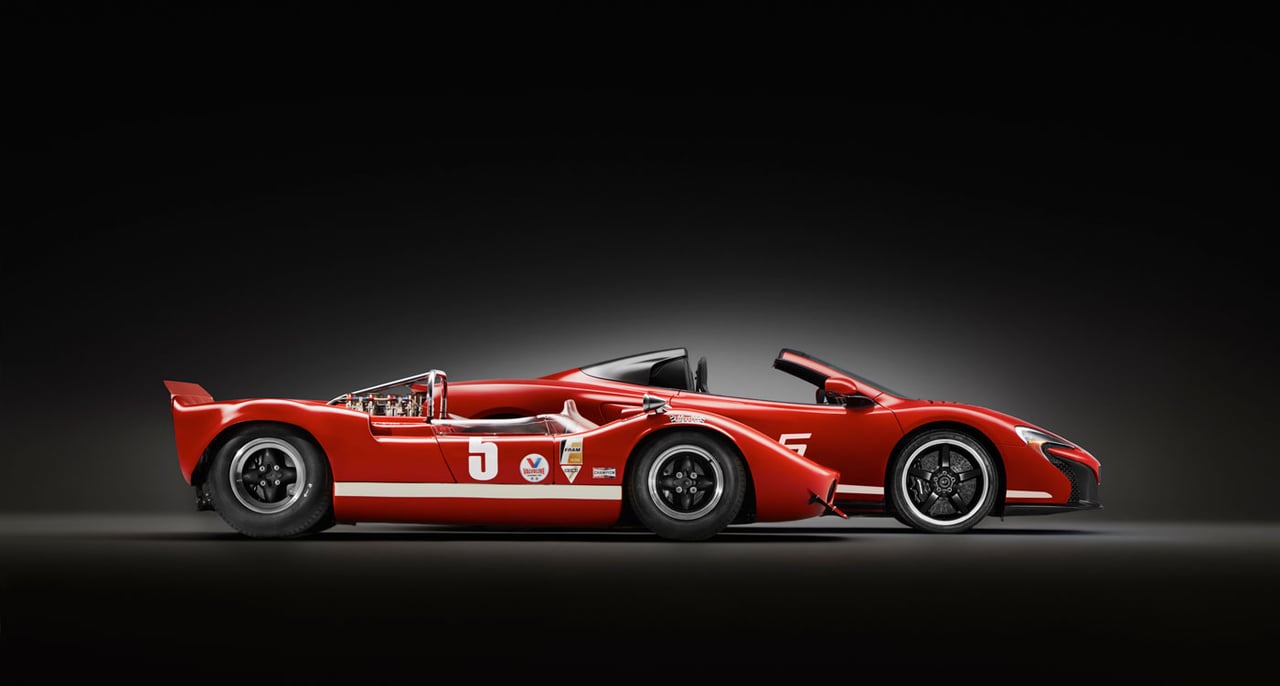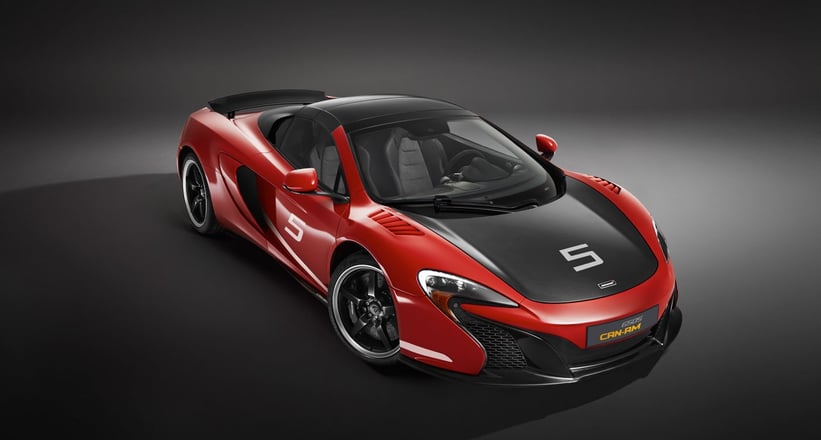I’m so happy with this bike I’m actually jealous of myself. OK, that makes no real sense, but I think it’s because I’m still struggling to believe it’s mine and that I’m allowed to ride it every day. Not only does this bike feel too new and too smart to be my property, it’s almost too perfect to throw a leg over. It’s been a long time since I had anything brand new and I’m nervous about that inevitable first scratch on the tank. In fact I’m on the verge of understanding why some custom bike owners spend more time with a tube of Autosol in their centrally heated garage than they do on the road. Well, almost, …because the best thing about this bike is that it rides, …and it always works.
You might think I should take a working motorcycle for granted, but those who own a custom bike know this passion usually involves a huge amount of cursing and wondering why the bike appears to be dead, or leaking, or whatever. Some might call it trouble-shooting or snagging, but while I love the heritage of the old, bikes are made to ride. Motorcycles that don’t start or don’t work properly are a pain in the arse, however characterful they are.
I’ve owned custom bikes that were based on old ’70s or ’80s bikes and they have tons of charm, but the age can mean a clunky ride, lack of power and worn-out parts. Sometimes owning a piece of history is worth it. Sometimes less so.
I’ve also had modern, ground-up rebuilds, where getting rid of the original tank and/or airbox seemed essential and the more we swapped-out or upgraded major components the more authentic it was as a “pro build”. It all looks great when you make this much change, but without the years of R&D that go into a factory bike, it’s not sensible to expect such a machine to operate without some drama.
Don’t get me wrong, I appreciate the re-imagining of a modern classic – and the labour that goes into a one-off hybrid custom build, but this time around I wanted a bike that would have a head-turning presence on the road, however, I also wanted it to start on the button, every time, and to be as trouble-free as a brand new bike.
The best way to do that? …Start with a brand new, trouble free bike, that already has the DNA you want – and don’t screw around with the bits that make it run properly. Having said that, this new Triumph T100 has been given a serious makeover by Shaun and Carl at Down & Out Cafe Racers, but while it’s a proper custom job with plenty of chopping, grinding and welding, the boys also know what not to mess around with. This build is all about chassis parts, weight loss, the right design & paint, and throwing away the bits that look ugly – leaving me with a bike I can put on a pedestal in the living room, or ride to work on every day, in all weathers. It’s also still recognisable as a Triumph Bonneville.
I’ve never owned a Triumph, so as a British biker of over 30 years I needed to give a marque a go – plus I’d slightly fallen in love with Spirit of the Seventies’ Barbour-badged scrambler, which I borrowed for the Distinguished Gentleman’s Ride last year (…and then kept for the week). It was superb fun and had a character I hadn’t expected, so we sourced a T100 SE dealer demonstrator with a handful of miles, and the work began.
The only major compromise on practicality for this build was a cosmetic decision, which all comes down to me loving the look of fat tyres, especially on the front wheel. But I’m not going to apologise. It just looks right, and gives this bike the kind of road presence usually reserved for Milwaukee iron.
There was no question it was going to add some weight (while I was trying to strip weight off) and it wasn’t going to help me execute the best low-speed cornering without applying some leverage, but with 16-inch Harley sized rims on Coker tyres the bike actually corners quite nicely above 20mph, …once you get used to the quick drop-in. The bike can still hustle through London almost as well as my W800 tracker, which is like a turbo-charged BMX.
After you get past the fat wheels & tyres the rest of the build quickly shows it’s class. Not only does the bike have a lovely silhouette, it’s also packed with quality details, parts and finishes. New machined triple-clamps from FastTech spread the T100s forks wide enough to accommodate the fat rubber and a decent sized mudguard. LSL Fat Bars supply plenty of leverage for pushing the Cokers into turns, but they also hide all the messy wiring for the posh Motone micro-switches – which take care of the tiny D&O indicators, hi/lo-beam and horn. The bars also wear adjustable levers from LSL and mini Motone brake fluid reservoir.
Instrumentation is taken care of with the ubiquitous Motogadget mini-speedo, wired via their usual box of tricks that help the electronics talk to the ECU. It’s all very complicated compared to carbs and jets, but I’m not complaining, as this is where the reliability stuff comes in. What we didn’t do with this build was ditch the airbox. I prefer the look of open air-filters, and it feels more ‘proper’ in a pro build, but the JvB side panels are so pretty and discrete that I was more than happy with this slight compromise.
The tank is standard apart from the paint and billet D&O fuel cap (relocating internal fuel pumps is not a joy and usually causes a ton of problems) but working backwards, there are plenty more obvious upgrades. The seat is a reworking of the short, aftermarket Triumph unit (which bolts straight on) shaved and reupholstered in practical brown vinyl by D&O. The subframe is chopped and looped, and fitted with D&O’s own rear mudguard and plate holder, with an LED retro style brake/rear light. Another set of micro indies attach to tiny tabs a few inches back from the rear shock mounts.
The shocks themselves are not just very pretty items from K-Tech, they also provide a superb ride and handling. Considering the change in weight and dimensions this bike feels very connected at the rear while being comfortable over London’s chunky, unmarked speed-bumps. Having ridden some very expensively-suspended bikes in recent years, I really cannot praise these units enough.
Further down the frame other posh bits are bolted-on. The brushed-steel engine side-covers, sprocket-shield and rocker-covers were liberated from a Triumph Thruxton. Bashplate, chain-guard, grooved injector covers and the ignition-key relocation-bracket come from Motone. Bear-trap front and rear footrests look purposeful and solid, and the two-into-one pipes are from D&O, providing a very decent roar on full-chat. However, being used to stupidly loud bikes, this is something I may change, as I’d like her to be a bit louder. It won’t make the neighbors any happier, but when I’m filtering through heavy traffic I like people to hear me coming at least five cars back.
The final outstanding element of this bike is the paintwork. I mocked-up the design in Photoshop before the build began, but the finish is all down to D&O’s regular painter who executed it to perfection. In fact the whole bike looks almost exactly like the digital render, which was a very pleasant surprise.
Photoshop… The main aim was to get that flat line from seat to tank – not easy when the subframe starts an inch below the rear of the tank. Next up, shorten the rear, beef-up the wheels to shrink the engine & tank, lose the clocks and gawky headlamp setup, and lower the gravity of the bike’s silhouette.
The Donor… a standard T100 SE.
The black paint is a satin finish (which I will regret having to look after, but looks amazing) while the stripes and panels are aluminium paint, complete with brush-strokes that look like scotch-brited bare metal. We took some license with the Triumph logo, making the modern design a little slimmer and more retro. I really couldn’t be happier with the end result.
This bike was commissioned to celebrate the Bike Shed’s decision to ‘Go Big or Go Home’ and open-up a full-time venue. I wanted it to represent the scene as a whole, with a motorcycle that took the aesthetics of the new-wave custom – a low-slammed street-bike with a hint of Brat-style – but was also a practical bike that bridged the gap to the modern-retro scene. To me, the boys at Down & Out Cafe Racers have nailed it.
Best of all, while the boys at D&O won’t build you a bike exactly like this one, they can build you something very similar, with a combination of their bolt-on parts and bespoke custom work. Everything on this build has been made with replication in mind, from the billet yokes to the seat loop and fenders, and most parts in between. I strongly believe that there’s a place for custom bikes that look proper – but are also practical – and accessible.
More from Shaun & Carl and links to the shop on Bike Shed Archive | Facebook | Instagram | Web
And if that wasn’t enough, here’s the build video.
Thanks as usual to Simon Krajnak for the photos and video.
via The Bike Shed








